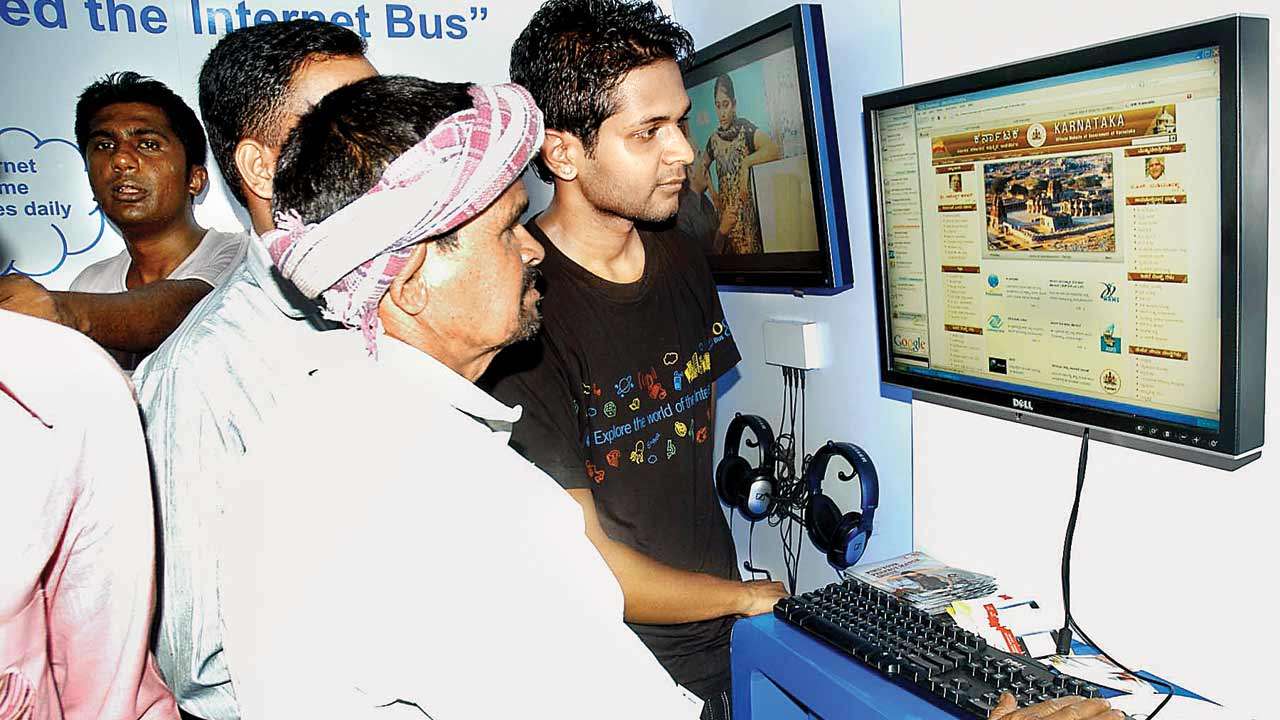
There was a time when most government departments hung a wooden or rusty letter box in a poorly lit corner of the office which often lay unused. The box was home to more spiders than suggestions. But even if some suggestions or ideas from the common man did survive and make it to the desk of the relevant officer, they were then filed away and moved from a rusty box to a dusty file.
Such a scenario was the extent of participative governance in India, until recently. The last few years have witnessed a fundamental shift in the approach of the government towards the people. Moving away from dusty files, government departments have now begun to have a dialogue with India using technology platforms.
India witnessed two important milestones that reflect this change. The Modi government’s MyGov initiative recently completed four years. The United Nations E-Governance Survey saw India improve its ranking to break into the top 100 countries with a rank of 96. Even though this is low, there is more to boast about than bemoan here. The grounds for optimism are thanks to the recent speed with which the National E-governance Programme is operating. Even though it was launched more than a decade ago, the pace and efficiency of the programme has improved only in the last few months.
According to the UN survey, India has scored high on the Highly Online Service Index. ‘Of the 57 countries with Very High-OSI level, 19 are in the High-EGDI group — Brazil, Bulgaria, Chile, China, Colombia, India, Kuwait, Malaysia, Mexico, Oman, Peru, Philippines, Qatar, Republic of Moldova, Saudi Arabia, South Africa, Tunisia, Turkey, and Uzbekistan,’ it says.
‘The Online Services Index component of the E-Government Development Index is a composite indicator measuring the use of ICTs by governments in delivering public services at the national level. It is based on a comprehensive survey of the online presence of all 193 Member States. The Survey assesses the technical features of national websites as well as e-government policies and strategies applied in general and by specific sectors in delivering services.’
As a concept, participative governance needs elements of dialogue, discussion and responsiveness. This is where the initiative of MyGov comes into the picture. When it was launched in 2014, many assumed it would be yet another mouthpiece for the government. In the last few years though MyGov has emerged as a platform where citizens can put forward their thoughts and views while expecting a response from the relevant teams. MyGov disseminates the initiatives of the national government even as it accepts debate, criticism, feedback and ideas on how to improve policy.
This objective seems to be evolving well. MyGov has over 6.3 million registered users and receives over 10,000 posts through mobile app or browsers every week on a wide range of issues. From draft policies to existing programmes, these are then consolidated and sent to the concerned departments which deal with them. This is welcome as it is no secret that the bureaucracy does not encourage, enjoy or empathise with comments from citizens.
The existence of MyGov places a pressure on officialdom to respond and react to these suggestions from the common man. So far the only citizens who could demand answers from the government were elected representatives in Parliament and state legislatures. MyGov has now extended this opportunity to all citizens.
However, there are still some hurdles to be crossed. In Parliament, the government must answer but on the MyGov platform concerned departments still need to be persuaded to respond. As a result, the level of responsiveness is still a work in progress as officers try to stall as much as possible.
However, the presence of MyGov has allowed many citizens to feel empowered. There are some interesting examples where ideas floated on this platform have found reflection in policy announcements. In the budget announcement of 2016-17, a suggestion by a citizen on additional funds for supporting organic farming was accepted. Another suggestion on extending direct benefit transfer to fertilisers was accepted while a third suggestion to convert rural post offices into payment banks triggered a strong response with the government rolling out this facility across the country. Over 1,50,000 rural post offices will have payment bank facilities in the next few months. Many of them are in rural areas.
Before the launch of policies, suggestions were invited along with design ideas. In fact, the logos of Swachh Bharat, Digital India and the New Education Policy were crowdsourced by citizen contributions via MyGov. Also, state governments including Maharashtra, Haryana, Assam and Madhya Pradesh have launched their version of MyGov and another eight states including Tamil Nadu, Uttar Pradesh and Arunachal Pradesh are working on it.
E-governance and MyGov have the potential of significantly reducing the distrust between governance structures and proactive citizens. Creating a platform is an important beginning but making it more participative is another matter. The citizens are now more eager to contribute but the response from the government has to improve.
The rusty letter boxes are now a thing of the past. Now, online dialogues between a growing population of mobile empowered citizens and responsive bureaucracy will define participative governance in India.
The author is an economic analyst and author of Kranti Nation: India and The Fourth Industrial Revolution. Views are personal.